Are you seeking to enhance the size and strength of your biceps? One popular workout that can aid you in accomplishing this objective is the seated dumbbell curl. This exercise is simple yet efficient, and depending on your fitness level and desired level of challenge, it can be performed with either one or two dumbbells.
This comprehensive guide will cover all aspects of executing the seated dumbbell curl with proper form and efficiency, including variations and tips for optimizing your outcomes.
What is a Seated dumbbell Curl?
The seated dumbbell curl is a targeted exercise that focuses on developing the biceps muscles. It involves holding a dumbbell in each hand while seated on a chair or bench, with the elbows kept close to the body and the palms facing forward.
To execute the exercise, one needs to lift the dumbbells towards the shoulders by bending the elbows and contracting the biceps.
Throughout the movement, the elbows should remain stationary, and the lift must not be aided by the shoulders or upper body. Finally, the weight is gradually lowered back to the starting position.
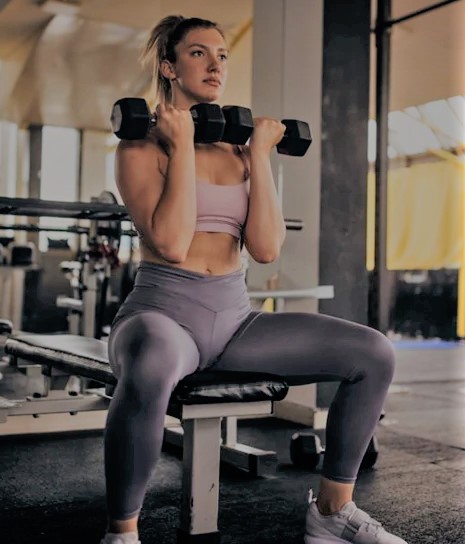
This exercise is adaptable to different levels of strength and fitness and can be done with a range of weights. The majority of the work is done by the biceps because of how the seated position stabilizes the upper body and uses fewer supporting muscle groups. Dumbbells also make it possible for each arm to get a workload that is more evenly distributed.
The seated dumbbell curl may be included in a variety of workout programs and is a terrific exercise for developing bicep strength and shape. To minimize injuries and gain the maximum benefit from the workout, it’s critical to use the appropriate form. It is advised to start with lesser weights and raise them gradually as your strength develops.
Muscles worked in seated dumbbell curls

The seated dumbbell curl is an exercise that primarily targets the biceps brachii, the two-headed muscle located in the front of the upper arm. It also engages the brachialis and brachioradialis muscles, which are located in the front and outer parts of the forearm, respectively.
- The brachialis is a muscle that sits underneath the biceps and contributes significantly to the overall size and shape of the arm.
- By targeting both the biceps and brachialis, the seated dumbbell curl can help develop more well-rounded and defined arms.
- The brachioradialis muscle extends from the elbow to the wrist. It is activated during the seated dumbbell curl, contributing to overall forearm strength and size.
Benefits of Seated Dumbbell Curls:
Practicing the Seated Dumbbell Bicep Curls daily will get you the following benefits:
Biceps muscle isolation
- Because the seated position stabilizes the upper body and uses fewer supporting muscle groups, the biceps are able to do the bulk of the effort.
- This makes it simpler to focus on the biceps for optimal growth and definition by isolating them.
Equal Workload on Both Arms
- By utilizing dumbbells in the exercise, a balanced and equal workload on each arm is made possible, guaranteeing that both biceps are stimulated and developed equally.
Better Strength and Definition
- The seated dumbbell curl is a fantastic exercise for enhancing biceps strength and definition.
- The biceps will gradually get stronger and more defined if exercise is constantly included in a fitness plan.
Versatility
- The exercise is adaptable to varied strength and fitness levels and may be done with a range of weights.
- Additionally, it may be modified to fit various objectives and workout schedules.
Reduced Injury Risk
- The seated dumbbell curl can help lower the risk of injury when performed with good form.
- By minimizing the usage of supporting muscles and isolating the biceps, the danger of strain or damage to the lower back or shoulders is decreased.
The seated dumbbell curl is a valuable exercise for anyone looking to build strength and definition in their biceps. With its many benefits and versatility, it is a great addition to any workout routine. Remember to use proper form, start with lighter weights, and gradually increase as strength improves
How to Do the Perfect Seated Dumbbell Curl
A. Proper Set-Up and Equipment Selection
- Sit on a bench with your feet flat on the floor, maintaining a straight back and relaxed shoulders.
- Hold a dumbbell in each hand, palms facing forward, and let your arms hang by your sides.
- Choose dumbbells that allow you to perform the exercise with proper form while still challenging your biceps.
B. Step-by-Step Execution Guide
- Begin with your arms fully extended, elbows close to your torso, and palms facing forward.
- Keeping your upper arms stationary, exhale and slowly curl the dumbbells upwards towards your shoulders.
- Focus on contracting your biceps as you lift the dumbbells, ensuring a smooth and controlled movement.
- Continue curling until your biceps are fully contracted, and the dumbbells are at shoulder level.
- Hold the contracted position for a brief pause, squeezing your biceps to maximize the muscle engagement.
- In a controlled manner, inhale and slowly lower the dumbbells back down to the starting position, fully extending your arms.
- Repeat for the desired number of repetitions, maintaining proper form and control throughout the exercise.
C. Breathing Technique for Optimal Performance
- Exhale during the concentric phase, which is when you lift the dumbbells towards your shoulders.
- Inhale during the eccentric phase, which is when you lower the dumbbells back down to the starting position.
D. Recommended Repetition Ranges and Sets
- Beginners: Aim for 8-12 repetitions for each set.
- Intermediate/Advanced: You can perform 10-15 repetitions or even go heavier with 6-8 repetitions for more strength-focused training.
- Complete 2-4 sets of the exercise, resting for 60-90 seconds between sets.
Note: It's important to use the proper form to avoid injury and get the most benefit from the exercise. Consider using a lighter weight and working up gradually if necessary
Variations of Seated Dumbbell Curl
How to do the perfect seated dumbbell bicep curl is a common question but many people also ask about the variation of this exercise. You may switch to many other variations once you have mastered the traditional dumbbell curls.
Are alternating dumbbell bicep curls good?
In Seated dumbbell bicep curl may incorporate both biceps at a time but it is not for the beginner. if you are a beginner you may work with alternating dumbbell bicep curls where you can work with one at a time which gives you a wide range of motion and good attention to target your bicep more effectively.
Hammer curls
Hammer curl comes with a different grip than the standard grip. It uses a neutral grip with your palms facing each other. This variation is great for building arm strength and stability.
Preacher curls
It is comparatively a very good modification of the standard bicep curls. It is an isolation exercise and comes with a lot of benefits. It requires a preacher bench or preacher machine to do preacher curls.
Reverse curls
This variation uses the pronated grip with your palms facing downwards and the back of the hands facing the shoulders at the top of the movement.
Incline dumbbell curls
You need an incline bench set at 45˚. Perform this exercise by sitting on the bench and leaning your back on the bench. Your elbows should be below the bench. This variation puts more emphasis on the long-head bicep muscle.
Concentration curls
Concentration curl is a great variation of the standard bicep curls as it allows you to focus solely on the form during the whole range of motion. Hence, it can be beneficial for improving your lifting form of other exercises as well.
Best Practices for Seated Dumbbell Curl
To get the most out of the seated dumbbell curl, it is important to use the correct weight, repetition range, and rest intervals.
Proper weight selection
- The weight you choose should be challenging but not so heavy that you cannot maintain good form.
- If you can complete all of the repetitions with ease, the weight is too light.
- If you cannot complete the repetitions with good form, the weight is too heavy.
Repetition range
- The repetition range you choose will depend on your goals.
- If you are looking to build muscle, aim for 8-12 repetitions per set.
- If you are looking to increase strength, aim for 4-6 repetitions per set.
- If you are looking to improve endurance, aim for 15-20 repetitions per set.
Rest intervals
- The rest interval between sets should be long enough to allow your muscles to recover but not so long that you lose your momentum.
- Aim for 60-90 seconds of rest between sets.
Incorporating into a workout routine
- The seated dumbbell curl can be incorporated into your biceps workout routine.
- It is recommended to perform the exercise after a warm-up and before other biceps exercises.
- Aim for 2-3 sets of 8-12 repetitions, with 60-90 seconds of rest in between.
- As you progress and become stronger, you can increase the weight and/or the number of sets and repetitions.
Mistakes to Avoid in Seated Dumbbell Curl
When you are well aware of how to Get the Best Biceps from a Seated Dumbbell Curl then try to avoid these common mistakes while doing a Seated dumbbell curl.
Using Too Much Weight
- One of the most common mistakes in the seated dumbbell curl is using too much weight.
- This can lead to poor form, increased risk of injury, and reduced effectiveness of the exercise.
- Start with lighter weights and gradually increase as strength improves.
Swinging the Weights
- Another mistake is swinging the weights and using momentum to lift the dumbbells instead of contracting the biceps.
- This reduces the effectiveness of the exercise and can lead to injury. Focus on controlling the movement and keeping the elbows stationary.
Arching the Back
- It is important to maintain good posture during the seated dumbbell curl.
- Arching the back can put unnecessary strain on the lower back and take focus away from the biceps. Keep the back straight and the chest up throughout the exercise.
Not Engaging the Biceps
- The seated dumbbell curl is meant to target the biceps, so it is important to engage them throughout the movement.
- If the biceps are not being properly activated, the exercise will be less effective and may result in the overuse of other muscle groups.
Neglecting the Eccentric Phase
- The eccentric phase, or the lowering of the weights back to the starting position, is just as important as the concentric phase, or the lifting of the weights.
- Neglecting the eccentric phase can result in an incomplete range of motion and reduce the overall effectiveness of the exercise.
By avoiding these mistakes can help ensure proper form and maximize the benefits of the seated dumbbell curl. Remember to start with lighter weights, focus on control and stability, engage the biceps, and complete the full range of motion. With these tips, you can get the most out of the exercise and avoid potential injuries.
Tips for proper form and technique:
Here are some tips to help you get the most out of your seated dumbbell curl workout:
- Keep your back straight and your core engaged throughout the movement.
- Don’t let your elbows flare out to the sides.
- Focus on using your biceps to curl the weights up.
- Slowly lower the weights back down to the starting position.
Conclusion
In conclusion, the seated dumbbell curl is a highly effective weight-training exercise for targeting the biceps. With its many benefits, such as isolation of the biceps, the equal workload on both arms, improved strength and definition, and versatility, it is a valuable addition to any workout routine.
However, to ensure proper form and maximum effectiveness, it is important to avoid common mistakes, such as using too much weight, swinging the weights, arching the back, neglecting the biceps, and neglecting the eccentric phase of the exercise. By following these tips, you can get the most out of the seated dumbbell curl and reach your fitness goals. Remember to start with lighter weights and gradually increase as strength improves, and always use proper form to reduce the risk of injury
Frequently Asked Question
| Questions | Answers |
|---|---|
| Are seated dumbbell curls effective? | Yes, seated dumbbell curls are effective at isolating and targeting the biceps. |
| How many reps for seated curls? | The number of reps for seated curls can vary depending on your fitness goals. Generally, aim for 8-12 reps per set. |
| What muscles do seated dumbbell bicep curls work? | Seated dumbbell bicep curls primarily work the biceps brachii muscle group. |
| What do seated curls hit? | Seated curls primarily target the biceps muscles, helping to build strength and size in the arms. |
Sources
- ACE Fitness: Seated Biceps Curl – Arm Exercises
- G4 Physio: Seated Bicep Curl
- Muscle & Fitness: Seated Dumbbell Biceps Curl
- Bodybuilding.com: Seated dumbbell biceps curl
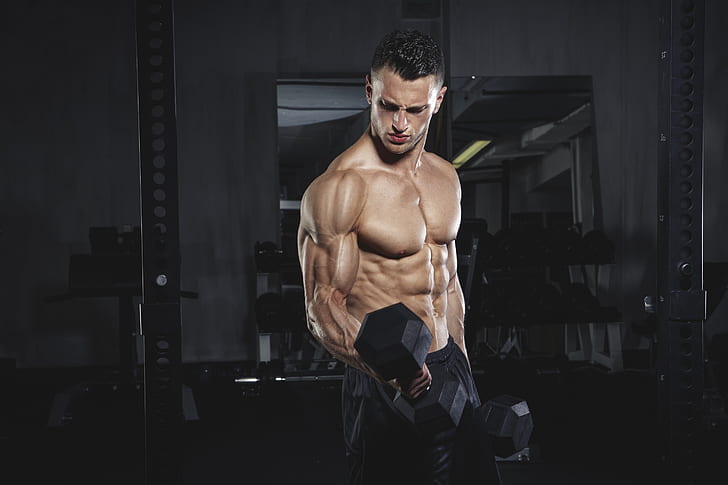


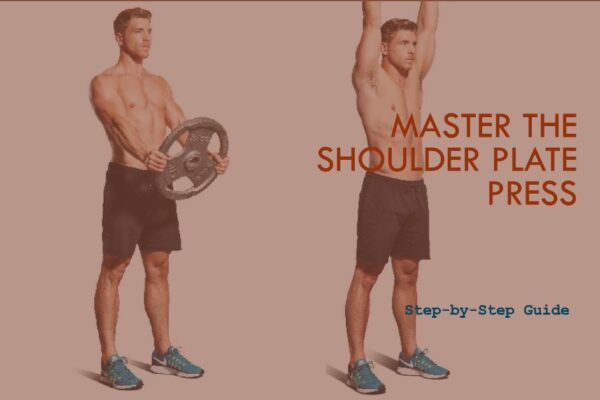
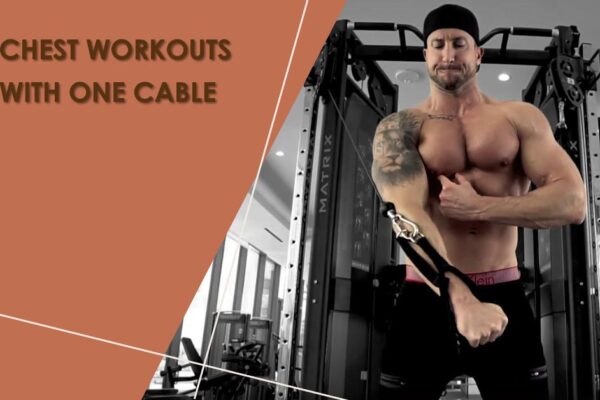
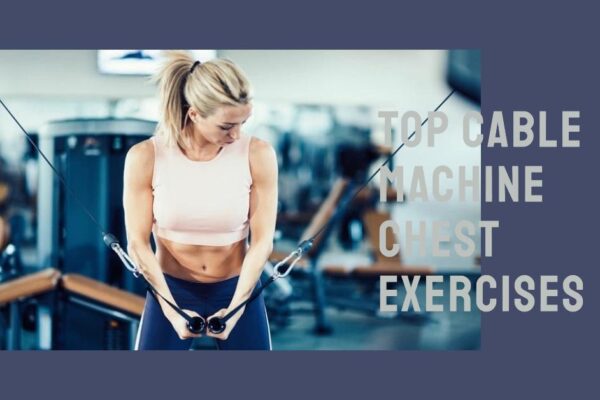
Leave a Reply